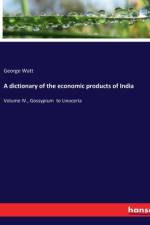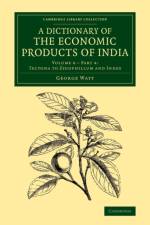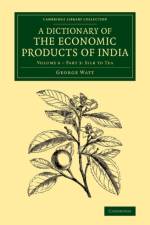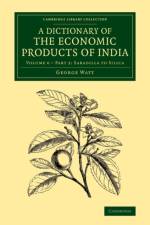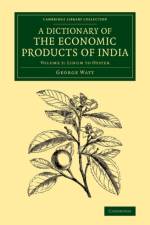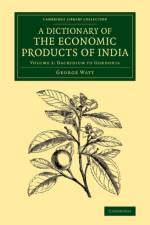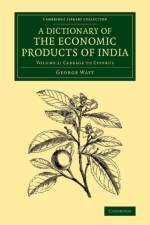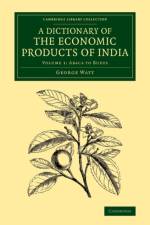- How IT Leaders Can Drive Business Transformation
von Peter Matthews, George Watt & Andi Mann
54,00 €
¿Does your organization fumble when it comes to innovation? ¿The Innovative CIO¿ presents a pragmatic guide to overcoming the 10 ¿innovation killers¿ within your company.¿ --Dennis McCafferty ¿CIO Insight¿, 1/23/2013 (www.cioinsight.com/it-management/innovation/slideshows/ten-ways-to-kill-innovation/)¿Are you unwittingly stifling your employees¿ entrepreneurial spirit? ¿The Innovative CIO¿ discusses ¿innovation killers¿ that could be holding back your small business or startup.¿ --Paul Shread ¿TIME/Business & Money¿, 1/29/2013 (business.time.com/2013/01/29/removing-barriers-to-innovation/#ixzz2JSrUlD3A)The Chief Information Officer¿s influence in the business organization has been waning for years. The rest of the C-suite has come to regard Information Technology as slow, costly, error-prone, boring, and unresponsive to business needs. This perception blinds company leaders to the critical value IT can deliver and threatens the competitive health and long-term survival of their enterprise.The modern CIO must reassert the operational and strategic importance of technology to the enterprise and reintegrate it with every department and level of the business from boardroom to mailroom. IT leaders must design, sell, and implement a vigorous culture of IT competence and innovation that pervades the enterprise. The culture must be rooted in bidirectional exchange across organizations and C-level policies that drive technology innovation as the engine of business innovation.The authors, international IT strategists and innovators, quantify the benefits and risks of IT innovation, survey and rank the myriad innovation opportunities from mature, new, and emerging technologies,and identify the organizational structures and processes thathave been proven to deliver ongoing innovation. Buttressing their brief with dozens of case studies and specific examples, The Innovative CIO shows you how to: Take advantage of the IT and business innovation opportunities created by new and emerging technologies Shift IT innovation from afterthought to prime mover in strategic business planning Inject IT into the dynamic core of your organization¿s culture, training, structure, practice, and policy

